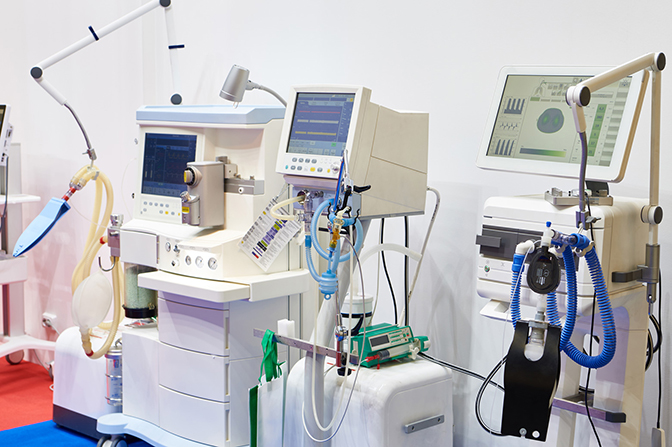
Why automakers could pivot to making ventilators
Perspective from engineers with experience in the auto industry.

Perspective from engineers with experience in the auto industry.

Our campus, like the global community, is contending with COVID-19 and working to adapt to a new normal. Many are rapidly working on solutions. See all COVID-19 developments from University of Michigan Engineering.
Two former auto industry engineers—one of whom is an expert on making decisions in uncertain times—say it’s highly feasible that automakers could effectively pivot to manufacturing ventilators during the COVID-19 pandemic.
“The ventilator involves modifying a basic HVAC—heating, ventilation and air conditioning—system with controls, both of which are important parts of existing vehicles. That is why it would be especially easier for automotive companies to pivot,” said Robert Bordley, a clinical professor of integrative system and design at University of Michigan Engineering who has more than 30 years of experience in the auto industry, including managing General Motors’ R&D projects. Bordley has also published more than 90 papers on making decisions in uncertain situations.
In The News
Fox
March 23, 2020
Clinical Professor of Integrative System and Design Robert Bordley explains how automakers could help produce ventilators.
Slate
April 1, 2020
Clinical Professor of Integrative System and Design Robert Bordley explains the challenges automakers might face while ramping up production to create medical equipment.
Wired
April 3, 2020
BME lecturer Barry Belmont explains the complexity of building ventilators for Wired.
GM, Bordley says, outsources its HVAC today, but it didn’t always.
“Since the company used to be much more vertically integrated in the past, and produced more of the parts of the vehicle internally, I am confident the company could do that if it so chose to,” he said. “And GM certainly has experience in changing over plants to produce different vehicles. All of this expertise is relevant in managing the supply chain for ventilators.”
Arthur Hyde, an adjunct professor of integrative systems and design and former global product development system chief engineer at Ford Motor Company, has some hands-on experience in this area.
“We have had a BiPap ventilator at home for 2 years,” he said. “I have spent a fair bit of time learning how the controls work. Based on that, they would take a combination of a very simple HVAC system and interactive connected controls experience to design one. Ford could design one easily. They could do it alone, but I think they would probably partner with an electronic firm to get it done quicker.”